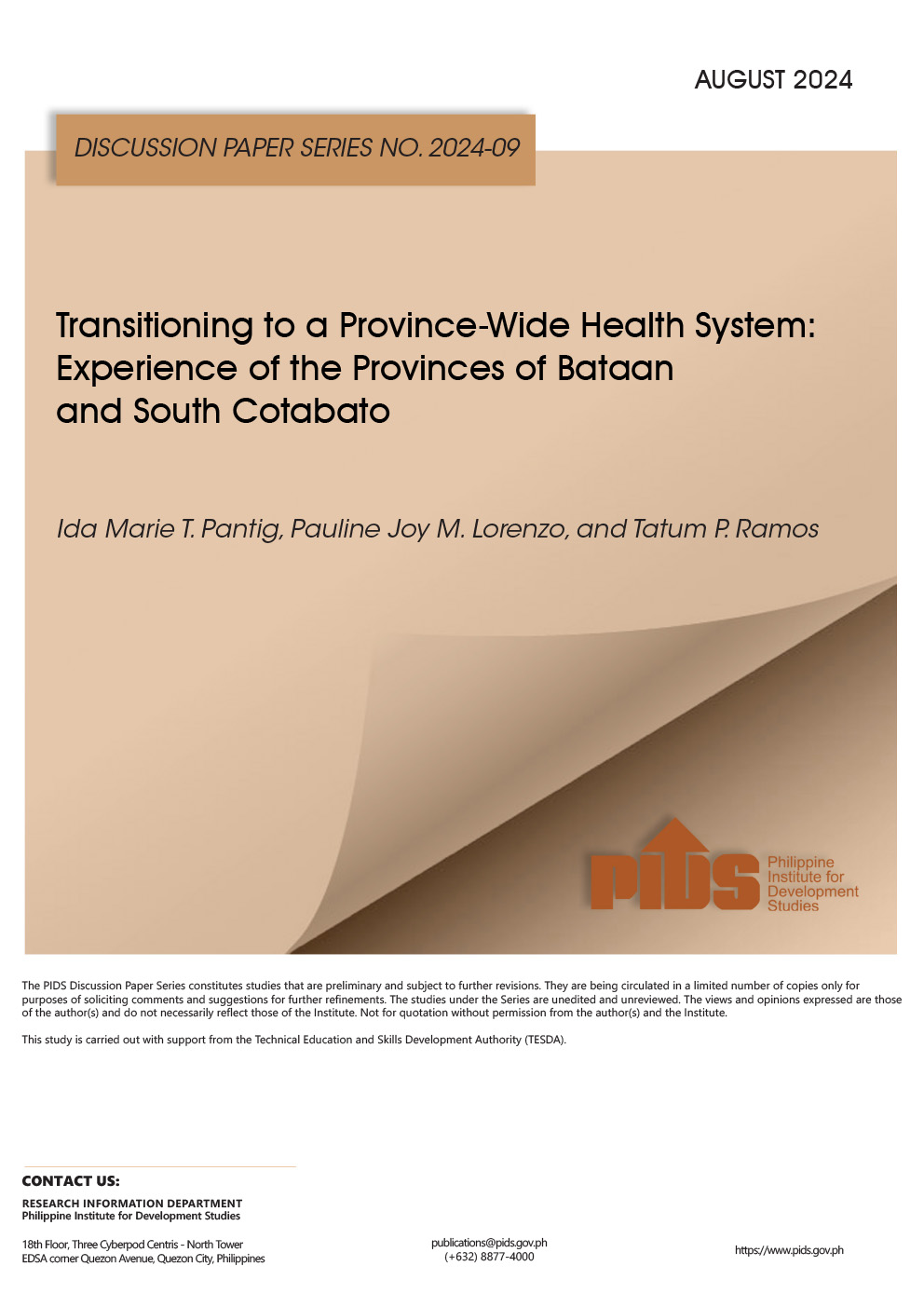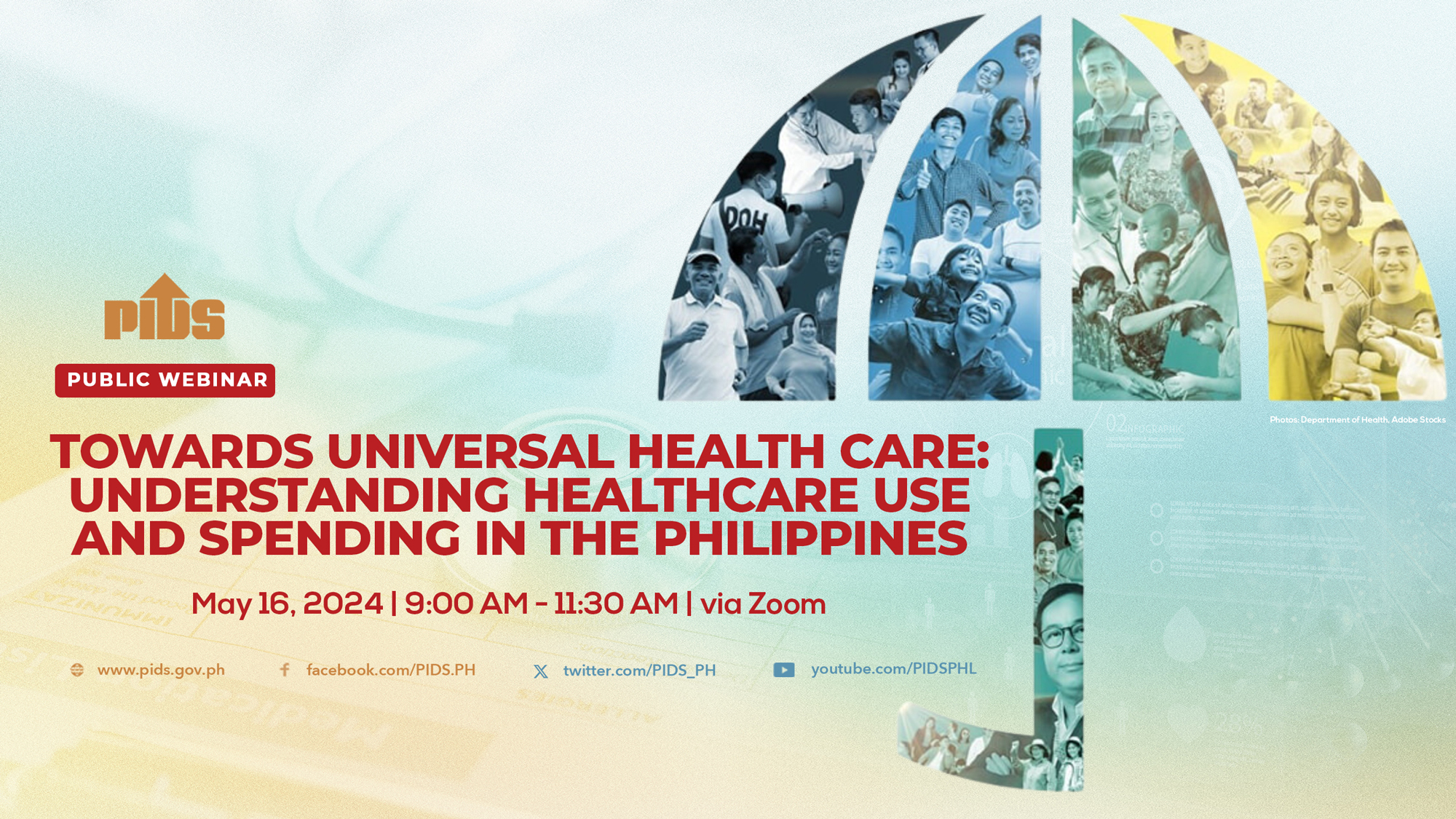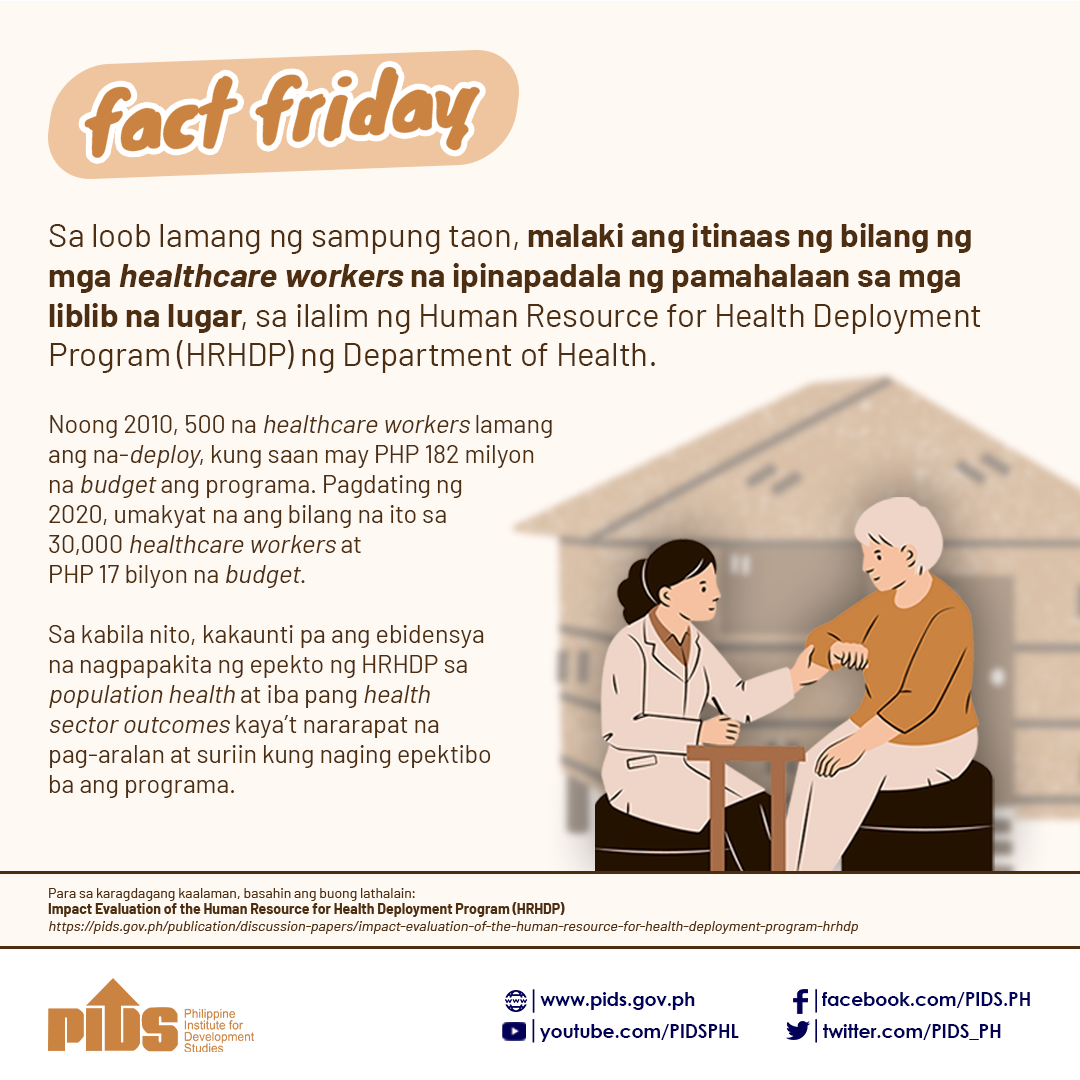There is a disparity in health care access in Mindanao compared to other regions in the country, researchers from the Philippine Institute for Development Studies (PIDS) said.
During a webinar, Valerie Gilbert T. Ulep, PIDS senior research fellow, featured a study “Spatiotemporal Analysis of Health Service Coverage in the Philippines” along with Jhanna Uy, PIDS supervising research specialist, and research consultants Clarisa Joy Flaminiano, Vicente Alberto Puyat, and Victor Andrew Antonio.
The research evaluated the population, facility, and service coverage of the National Health Insurance Program (NHIP) and the financial risk protection for its members and dependents.
Ulep said that there is low registration coverage of NHIP in some provinces, notably in Mindanao, compared to other island groups which only have 50 percent.
“These provinces are often considered conflict areas, posing a unique challenge for the Philippine Health Insurance Corporation (PhilHealth),” Ulep said.
"Low registration in these areas underscores the need to intensify targeting efforts to enhance membership registration and healthcare access,” he added
Ulep cited factors that could contribute to this issue such as employment, poverty incidence, wage rates, and process inefficiencies in the classification and enrolment of indigents and sponsored members.
There are also disparities in hospital bed density in the region with many provinces having less than one bed per 1,000 population, he said.
He added that hospitals in Metro Manila and the Visayas generally have higher bed densities compared to lower bed densities in Luzon and Mindanao.
Despite this, he said that the country’s health system is of quality in terms of policy articulation.
“Looking at our health policies, the Philippines is the most progressive among our Asian neighbors. Many articulations of our laws are investments for the poor,” Ulep said.
For instance, he said that while the poorest regions like the Autonomous Region in Muslim Mindanao have lower health outcomes than Myanmar, a richer region like Metro Manila has health outcomes similar to emerging economies like Thailand and Malaysia.
“The wide disparity in terms of health outcomes implies a disconnect in the distribution of inputs (i.e., resources, capital investments, equipment),” he noted.
In addressing these challenges, Ulep and his co-authors recommended improving data, enhancing the coverage and accessibility of primary healthcare, and making a strategic shift in PhilHealth’s service purchasing and revenue generation to guarantee funds for all diseases.











